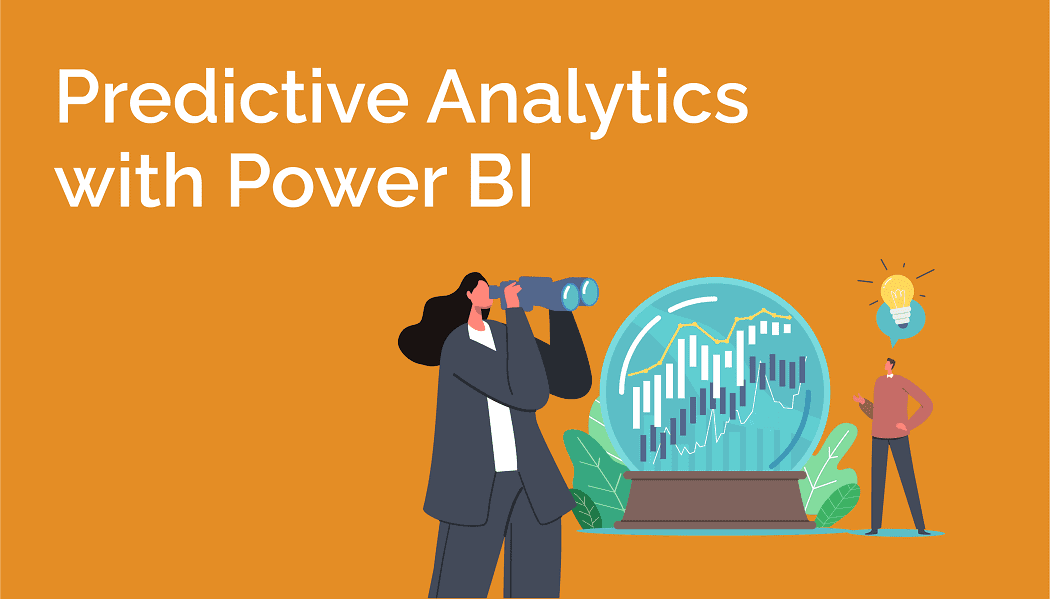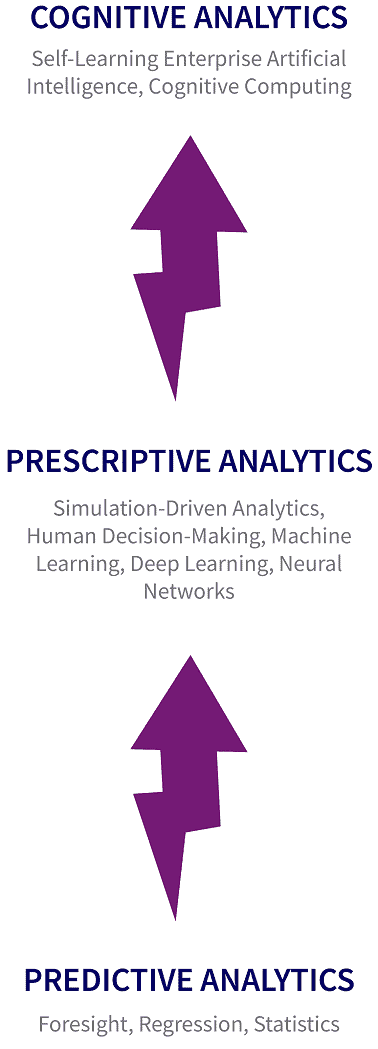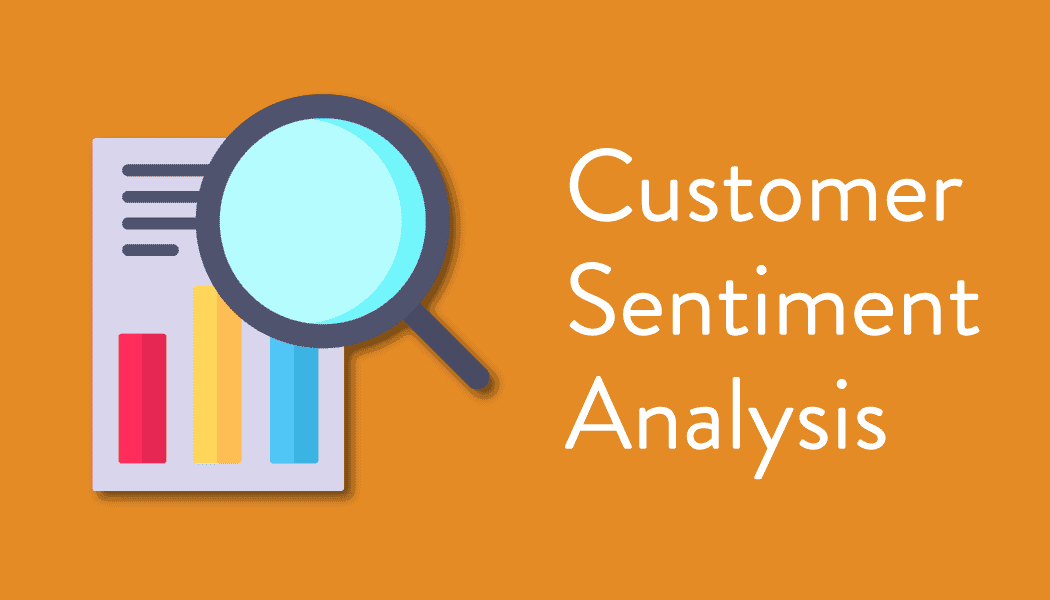Advanced Analytics
Advanced Analytics – Moving from Descriptive to Predictive-Prescriptive
Traditional, descriptive analytics can only take an organization so far. The fact that Artificial Intelligence and Machine Learning (AI/ML) tools are more accessible than ever empowers advanced and novice analysts to build predictive models to develop even better insights.
Smartbridge harnesses numerous methods to approach advanced analytics and applies the right technique to adapt to each organization’s use case. Whether it’s real-time analytics, utilizing unstructured data, or predictive forecasting, the capabilities (including self-service) machine learning offer up are becoming table stakes for organizations of all types.
Advanced Analytics Methods
Smartbridge partners with clients to bring the time, resources, and knowledge behind data management, governance, training and ultimately creating the value of advanced analytics.
Predictive Analytics
Predictive analytics move organizations past asking “why things have happened” to focus on “what is yet to come”. This method of thinking can help transition business digital operations in the process.
Start predicting what your most valuable customers will do in the future, and you can start acting on that prediction to create new products, services, or offerings.
Common challenges best addressed with predictive analytics techniques:
Prescriptive Analytics
The next step after predictive analytics is prescriptive analytics, answering the question “what should we do?” Prescription can include minimization of detrimental effects and repetition of beneficial effects.
Applying prescriptive analytics to your organization can help you easily make decisions to reach your desired outcomes more than standard data and analytics alone could.
Cognitive Analytics
Cognitive analytics applies intelligence to tasks, much like robotic process automation, and can learn and become more efficient over time as it learns from interactions between your data and your end users. This stage can be achieved at later stages of the analytics journey after gaining experience in operationalizing AI models.
By implementing cognitive analytics in your organization, you’ll gain a competitive advantage by being able to access real-time solutions to problems, improve operational efficiency, and deliver a personalized experience.
Sentiment Analysis
More and more businesses look to the digital interactions performed by consumers to improve customer satisfaction and increase engagement. The methodical approach used in this process relies on AI-enabled customer sentiment analysis. This involves customer feedback analysis based on understanding consumer behavior.
By using AI at every step of the process, you can quickly improve the quality of your service for your customers.






